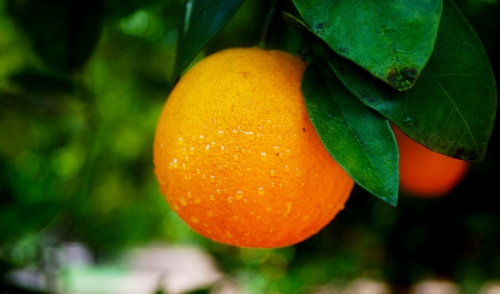
How to Prune Fruit Trees
When it comes to fruit trees there is nothing more important than pruning. Pruning your tree will be essential in getting off to the right start. If fruit trees are left unpruned, they may struggle in growth. Even worse, if there is a drought or another unexpected issue they are likely to not grow at all. It’s a simple fact that without pruning, fruit trees will not bear fruit! Without the fruit, what’s the point of the tree? Take a dive into this article for more information on how, when, and why fruit tree owners should prune their trees.
For starters, fruit trees need pruning in order to survive. Pruning gives the fruit tree the type of positive stimulation that is required for strong and robust growth from the buds. Pruning also helps shape the tree which is important to balance the nutrient absorption between the top and bottom part of the fruit tree. The natural shape of a tree is not always idea in maximizing yield and fruit production. The best time to prune fruit trees are after the coldest part of the winter normally at the end of February or early March depending on your location. Depending on the type of tree you have it may be better to prune a little bit later than too early. You can choose to prune after the summer which isn’t harmful to the tree, but things are just easier to spot if you wait until winter after the foliage is gone. Most owners will prune around winter, late fall, or early spring depending on their location. These are all good times when the tree is still dormant, but on the cusp of a fresh start. Start by pruning away any wood that is dead or damaged. Make sure to also prune any sprouts from the trunk of the tree or anything from the main branches. Prune at an angle so that your tree continues to grow at a desired fashion. When pruning to a bud, make a clean cut not too close nor too far from the bud and prune them back so that new growth is aimed in the right direction. Remember that you want new growth to spread away from the center of the tree. If you prune back to a bud that is directed back towards the center, the growth will only hurt the shape of the tree and potential fruit will be lost. It’s equally important to also prune those branches that grow down and away from the sun. The last step to pruning your tree is called ‘heading back.’ It’s like giving the tree a haircut where you prune back the outermost part of the tree part way into the branch so that shorter and thicker branches can develop to hold the weight of the fruit. As the seasons pass, continue to prune your tree to a leader so that the shape of the tree is maintained and growth is fully optimized.
Pruning may seem like you’re doing more harm than good to the tree as it will appear thin and bare. Be patient with the process because pruning will essentially allow light and air into the canopy of the tree and this in turn will yield results over time. Visit your local hardware store to pick up some quality shears to prune your tree. The best fruit trees will always be the ones that are pruned for success.
